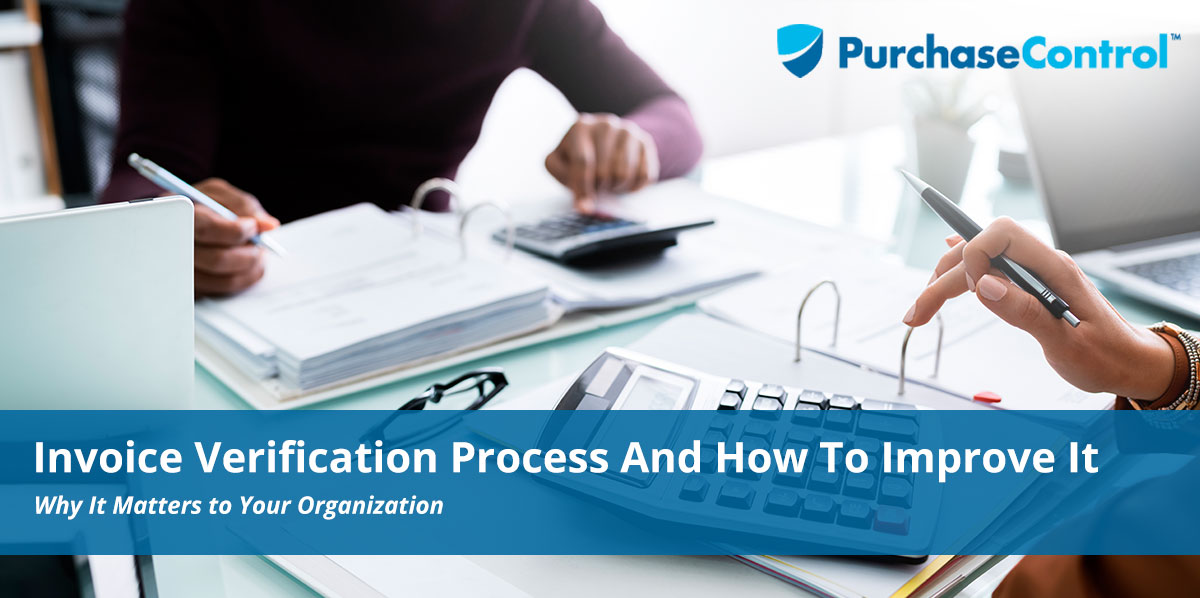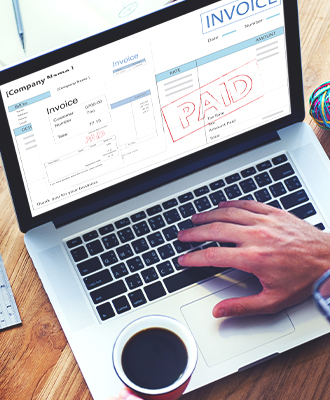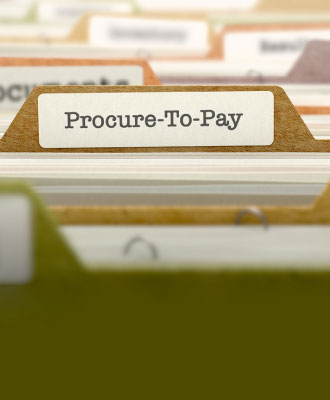Invoice Verification Process And How To Improve It
Vendors use invoices to collect payments for products and services they’ve provided to their customers according to the terms of a contract, purchase order, or order form. Even though contractual terms indicate otherwise, invoices may have different terms or additional terms compared to those governing documents. The additional terms and conditions often include errors and omissions expected (E&OE) statements in an effort to excuse slight oversights are mistakes and to reduce their legal liability for potentially incomplete or incorrect information.
Invoices for information technology (IT) products and services often have a higher rate of errors compared to non-IT products and services. This is especially true for software-related invoices for licensing, upgrading, maintenance and support. Several studies indicate that up to 75% of software invoices are incorrect where the average falls between 50 and 60%. That said, not all of the errors are material to cost and risk. There is, however, a correlation between contracts with negotiated terms and invoice errors. The more negotiated terms that are in place, the greater the probability the invoice will be incorrect.
Other causes of higher error rates include:
- The vendor or product has been acquired by another vendor that uses a different business model and billing system (such as SAP)
- Global differences such as taxes and currency
- The vendor’s billing system is inflexible and or outdated. The systems are unable to accommodate non-standard or current terms whether they have been negotiated or are applicable under the vendor’s current business model
- The invoice is based on the wrong governing document such as the incorrect order form, or incorrect schedule
- The invoice is missing information such as product titles, quantities, start and end dates, etc.
- Changes in a vendor’s business model and/or terminology
“Invoice verification checks that you got what you paid for it before you make the payment to the vendor. Multiple factors influence the level at which an invoice is verified including the priority and organization puts on ensuring invoices are correctly rendered, the appetite for risk, and the availability of tools and defined processes.”
Invoice Reconciliation
Many companies have automated the invoice payment process and those who have not usually opt to delegate the decision to accounting staff. The problem with that approach is the staff is often unfamiliar with the industries and governing documents the organization works with. In either case, the decision to pay an invoice is based on a three-way matching process that compares the purchase order to the goods receipt and the invoice. Whether the comparison is manual or automated, it may consider only the purchase order number and amount, without consideration of other information that may be important. Sometimes, systems may compare documents in a 2-way match or a 4-way match. Some companies begin with one reconciliation process but will change it as a business grows or as issues with invoicing arise. It is important to review your reconciliation process frequently to assess how well it is working.
Tighten Your Terms
Some businesses create payment terms that are specific to the client. This can be wonderful for small businesses with few clients. As a business grows, it becomes a hindrance. Tightening your terms on the invoice document to a universal term is going to lessen the errors. Global companies may need different terms based on the country they are working with, but those terms must apply to all clients in that country. It makes automation easier and saves time during the creation of an invoice. Many businesses will set a standard term with new clientele and then update their established clientele.
Re-Evaluate Your Processes
Identifying problem areas is an important factor in improving your methods. There are some things to consider when re-evaluating:
- Are you sending paper invoices?
- Do you assign company codes to each of your vendors?
- What tolerance limits are in place?
- What is your volume of purchase orders each week/month/quarter?
- What is your volume of invoices sent out each week/month/quarter?
- What is your volume of invoices received each week/month/quarter?
- How often do you use vendor discounts?
- Who is processing materials management?
Take a close look at each department and their involvement with the processes in place. There could be a place where things start to bottleneck. Get input from those departments on their suggestions to make things more streamlined. Consider automation and electronic invoicing to minimize physical paper trails. Using Miro for team collaboration is vital for communication success. Enterprise resource planning (ERP) will show your processes in real-time and helps evaluate the system.
Fire Problem Vendors
When you have the vendor, or vendors, who have a habit of not paying on time, they can wreak havoc on your invoice processes and cash flow. Your terms must include a late payment fee or percentage fee on all incoming invoices. Change the location of those fees and put them near the invoice amount. These fees are to be generated automatically in the programs as a line item. Check your invoice date. Is it visible as one scans the information? Problematic vendors create more work for inventory management and finance. If the vendor refuses to honor the payment agreements, it’s time to look for a new vendor.
This also extends to how a vendor tracks their own invoices. Some vendors have problematic processes where it is unclear what you are paying for. Or you are making payments for an invoice that they apply to other invoices. When a vendor does these types of things, it slows down the process on your end. It must be changed to make your processes smoother and the company’s financial picture clearer. Transaction codes and a document number can assist with determining how payments have been applied.
Benchmark Comparisons
Comparing your business to others in the same market can be a benefit to the company. They will provide ideas on how to maintain what is working and solutions for problems. It can be an eye-opening experience that teaches a lot. Knowing how you stand next to your competitors is a benefit. If you are faring well, it can be a motivator to improve sales and relationships. The cost can be high but this is an investment into the company. Many businesses can tell they have problem areas but the cost of those areas is revealed in a comparison. It’s worth it to pay for a service that will help change the processes and save the company money.
Review Discount Programs
When it comes to accounts payable, taking advantage of every available discount is precious to financial accounting. The problem is when they are behind on paying those invoices and lose the discounts. A review of what is taking place to keep those invoices from being paid during discount eligibility is a must.
Another thing to consider is to renegotiate terms with a vendor so that you get a discount or a better discount. If a vendor is unwilling, shopping around for a new vendor willing to offer a discount is a way to improve processes and finances.
Is the company offering discounts for early or timely pay? It is something to consider to improve cash flow and processes for accounts receivable. It is also an attractive bargaining tool when acquiring new clientele.
It’s always a good idea to evaluate your invoice verification process at least annually, to make sure things are as efficient as possible.
PurchaseControl makes invoice verification easier with powerful AP Automation
Find Out How








